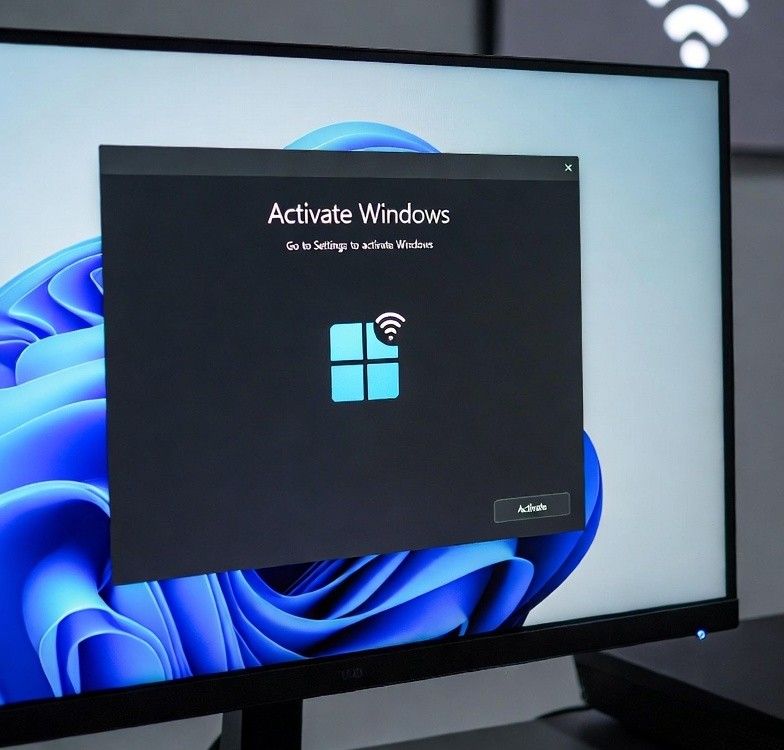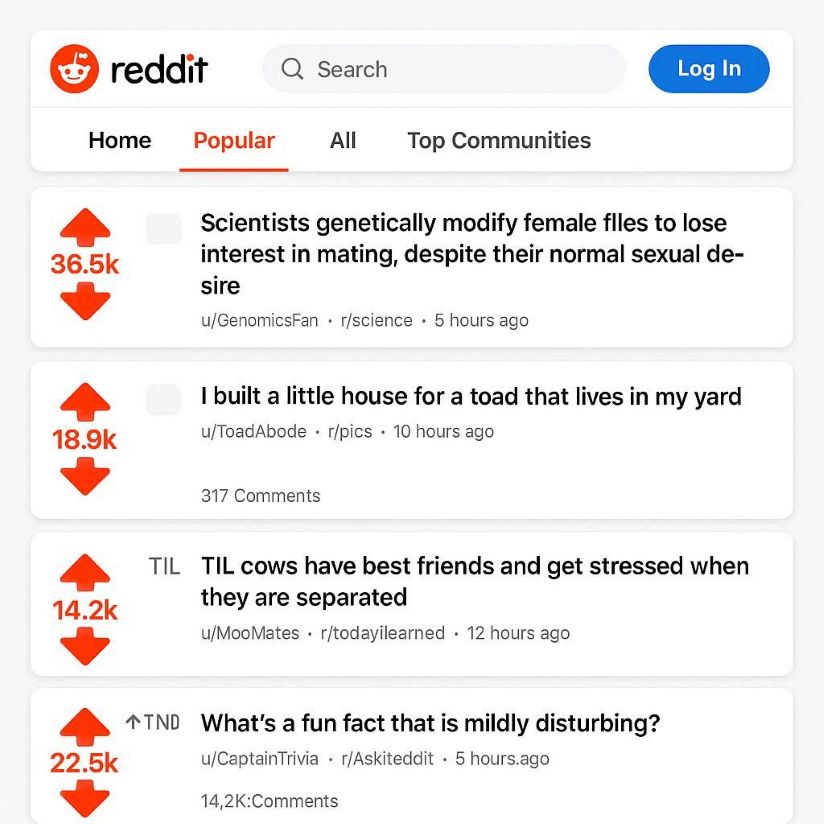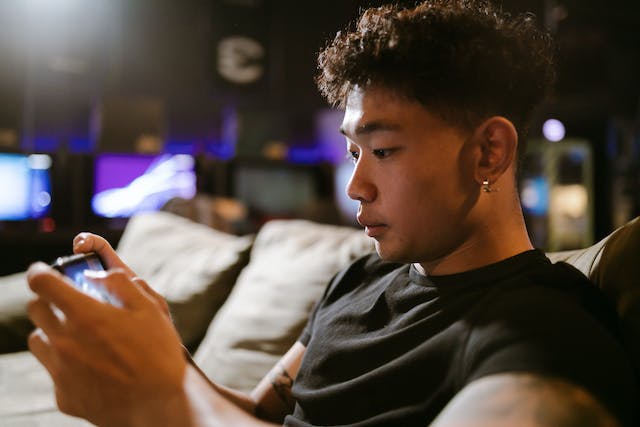Windows 11 Activation in an Always-Online World: Why Internet Access Matters
Windows 11 uses cloud-based licensing by default, which means internet access plays a direct role in whether the operating system activates correctly. This design reflects how modern software is built and delivered. Yet many users still see the “Activate Windows” watermark after a fresh install, especially when the setup happens offline.
For anyone trying to activate Windows 11, the internet is more than a convenience. It is the bridge between the device and Microsoft’s licensing servers. Without that connection, Windows cannot confirm ownership, even if the system was previously activated on the same hardware.
Why Windows 11 Depends on Internet Connectivity

Older versions of Windows relied heavily on product keys typed during setup. Windows 11 still supports keys, but it prefers digital licenses tied to hardware and user accounts. These licenses live in Microsoft’s servers, not just on the local machine.
When a PC goes online, Windows sends basic hardware information to Microsoft. The system then checks whether that hardware already has a valid license. If it does, activation happens automatically. This is why many users see Windows activate minutes after connecting to Wi-Fi, even if they skipped the key entry during installation.
Microsoft Accounts and Digital Licenses
Microsoft accounts are now part of the activation flow. Signing in during setup links the digital license to both the device and the account. This makes future reinstalls easier, especially after hardware upgrades like a new SSD.
When setup happens offline, Windows cannot complete this link. The system runs in a limited state until it can verify the license online. That delay often confuses users, who assume something went wrong during installation.
Why Offline Installs Trigger the Watermark
The “Activate Windows” watermark is a reminder, not an error. It appears when Windows cannot confirm activation status. Offline installs are the most common cause. Without internet access, Windows has no way to reach Microsoft’s activation servers.
Even a valid product key will not fully register if the system stays offline. Windows stores the key locally, but it still needs online validation. Once the device connects, the watermark often disappears on its own after verification completes.
Online Verification Simplifies Everything
Staying connected during and after setup removes most activation headaches. Windows 11 is designed to check licensing in the background. Users do not need to open menus or contact support in most cases. For people upgrading their system, using a Windows 11 Pro key can further streamline activation and improve how the operating system handles online features and account-based licensing.
This approach also helps when hardware changes occur. If the motherboard remains the same, Microsoft usually recognizes the device. When larger changes happen, signing into the same Microsoft account can restore activation without manual steps. Many users only realize this after they activate Windows 11 again on a rebuilt system and see it succeed within minutes.
Common Misunderstandings About Activation
One common belief is that activation must happen during installation. That is no longer true. Windows 11 allows setup to finish first, then verifies later. Another misunderstanding is that the watermark means Windows is unusable. Core features still work, though personalization options remain limited.
Some users worry about privacy when Windows connects online. Activation checks use minimal data, focused on licensing and hardware identity. It is not a full system scan, and it does not track personal files.
The Bigger Picture of Always-Online Software
Windows 11 reflects a broader shift in software design. Cloud services, account-based access, and online validation are now standard. This helps reduce piracy and makes user experiences more consistent across devices.
For users, the trade-off is clear. Reliable internet access simplifies setup, recovery, and long-term use. Offline workflows still exist, but they often come with extra steps and temporary limits.
Final Thoughts
Windows 11 works best when it can communicate with Microsoft’s servers. Internet access allows licenses to sync, accounts to link, and systems to confirm their status quickly. Users who understand this process spend less time troubleshooting and more time using their PCs. In an always-online world, staying connected remains the easiest way to activate Windows 11 and keep the experience smooth.


 Reddit has more than 52 million users every day, shaping conversations, memes, and global trends. With thousands of active communities, visibility on the platform can transform ordinary posts into viral sensations. This growing influence has led to an increasing demand for services that boost engagement, with paid upvotes becoming a game-changer in shaping what people read and share online.
Reddit has more than 52 million users every day, shaping conversations, memes, and global trends. With thousands of active communities, visibility on the platform can transform ordinary posts into viral sensations. This growing influence has led to an increasing demand for services that boost engagement, with paid upvotes becoming a game-changer in shaping what people read and share online. Instagram is among the most competitive social platforms today. With numbers as high as 500 million users, standing out requires more than just beautiful photos. It demands a smart, tech-driven approach to attract followers, boost engagement, and stay ahead of the competition. If you want meaningful growth, focusing on analytics, creativity, and trusted tools can make all the difference.
Instagram is among the most competitive social platforms today. With numbers as high as 500 million users, standing out requires more than just beautiful photos. It demands a smart, tech-driven approach to attract followers, boost engagement, and stay ahead of the competition. If you want meaningful growth, focusing on analytics, creativity, and trusted tools can make all the difference. Businesses today rely on fast, seamless communication to connect with customers worldwide. The demand for instant, reliable, and scalable messaging has never been higher. Companies need solutions that not only keep up with current trends but also adapt to future challenges. This is where an API-first approach, like the one offered by Sent, shines.
Businesses today rely on fast, seamless communication to connect with customers worldwide. The demand for instant, reliable, and scalable messaging has never been higher. Companies need solutions that not only keep up with current trends but also adapt to future challenges. This is where an API-first approach, like the one offered by Sent, shines. Digital commerce now makes up over 20% of global retail sales, and this number keeps rising. Businesses that thrive online need fast, reliable systems to manage data, customer relationships, and transactions across borders. That’s where SAP-powered platforms come in, and why Accely is a key player in the digital transformation of industries worldwide.
Digital commerce now makes up over 20% of global retail sales, and this number keeps rising. Businesses that thrive online need fast, reliable systems to manage data, customer relationships, and transactions across borders. That’s where SAP-powered platforms come in, and why Accely is a key player in the digital transformation of industries worldwide.

 Mod loaders fill in between the original game files and the changes. They reduce the danger of instability or corruption by giving mods a uniform method for loading and merging into the game without directly changing the fundamental game files.
Mod loaders fill in between the original game files and the changes. They reduce the danger of instability or corruption by giving mods a uniform method for loading and merging into the game without directly changing the fundamental game files.
 The developments in online technologies have enhanced soccer supporters’ viewing experience. High-density (HD) and 4K streaming features guarantee that matches are shown in breathtaking visual quality, therefore capturing every action detail. Features like interactive graphics, fast replays, and multi-angle viewing also give supporters closer understanding of the game. These technical improvements improve the general fun and knowledge of soccer events.
The developments in online technologies have enhanced soccer supporters’ viewing experience. High-density (HD) and 4K streaming features guarantee that matches are shown in breathtaking visual quality, therefore capturing every action detail. Features like interactive graphics, fast replays, and multi-angle viewing also give supporters closer understanding of the game. These technical improvements improve the general fun and knowledge of soccer events. Digital signage has become a powerful communication tool, blending innovation with practicality. Research shows IoT-enabled digital signage enhances engagement by delivering dynamic, real-time updates. Integrating IoT (Internet of Things) in digital signage has paved the way for smarter, more interactive displays that adapt to changing environments and user needs.
Digital signage has become a powerful communication tool, blending innovation with practicality. Research shows IoT-enabled digital signage enhances engagement by delivering dynamic, real-time updates. Integrating IoT (Internet of Things) in digital signage has paved the way for smarter, more interactive displays that adapt to changing environments and user needs.
 Launching a tech startup can be a daunting challenge. With fierce competition and constantly evolving technologies, standing out is tough. However, innovation consultancy offers a pathway to overcome these obstacles. By working with experts specializing in innovation strategies, startups can refine their business models, products, and growth tactics, giving them a competitive edge.
Launching a tech startup can be a daunting challenge. With fierce competition and constantly evolving technologies, standing out is tough. However, innovation consultancy offers a pathway to overcome these obstacles. By working with experts specializing in innovation strategies, startups can refine their business models, products, and growth tactics, giving them a competitive edge.

 The subreddit page cheapwindowskeys aims to provide information about cheap Windows product keys. However, those who plan to use it to activate the Windows 11 program will be in for a disappointment. Early information about the soon to be released Windows 11 24H2 indicate that the bypass command code and sneaky method that make it possible for unlicensed users to fully activate the new Windows features, have been blocked. In all probability, any cheap Windows product key purchased from the gray market will not work.
The subreddit page cheapwindowskeys aims to provide information about cheap Windows product keys. However, those who plan to use it to activate the Windows 11 program will be in for a disappointment. Early information about the soon to be released Windows 11 24H2 indicate that the bypass command code and sneaky method that make it possible for unlicensed users to fully activate the new Windows features, have been blocked. In all probability, any cheap Windows product key purchased from the gray market will not work. While unlicensed users can access and install Windows 11 in their devices, it’s now necessary to Activate the program by opening a Microsoft account to where one’s Windows digital license will be registered and linked.
While unlicensed users can access and install Windows 11 in their devices, it’s now necessary to Activate the program by opening a Microsoft account to where one’s Windows digital license will be registered and linked. When doing their research about IPTV, potential customers ask about the kinds of content they will get in exchange for the payment of IPTV subscription fees. IPTV operators like iptv kaufen commit to provide personalised services and curated digital content to diverse audiences, particularly to sport enthusiasts.
When doing their research about IPTV, potential customers ask about the kinds of content they will get in exchange for the payment of IPTV subscription fees. IPTV operators like iptv kaufen commit to provide personalised services and curated digital content to diverse audiences, particularly to sport enthusiasts. Following an encoding process, the IPTV platform uses video and audio codecs to convert live video and audio signals into digital format. The encoded content is compressed when sent over the
Following an encoding process, the IPTV platform uses video and audio codecs to convert live video and audio signals into digital format. The encoded content is compressed when sent over the  We’re all familiar with the one on this list: buffering and jittering. This is when you’re watching a movie or even YouTube and the video stops when the red playback bar hits a faint red bar, which stops the playback.
We’re all familiar with the one on this list: buffering and jittering. This is when you’re watching a movie or even YouTube and the video stops when the red playback bar hits a faint red bar, which stops the playback. Empower yourself to create your own e-learning site, even if you have little money. This guide will walk you through the process, step-by-step, of creating a free e-learning site that is dynamic and fun to learn on.
Empower yourself to create your own e-learning site, even if you have little money. This guide will walk you through the process, step-by-step, of creating a free e-learning site that is dynamic and fun to learn on.






